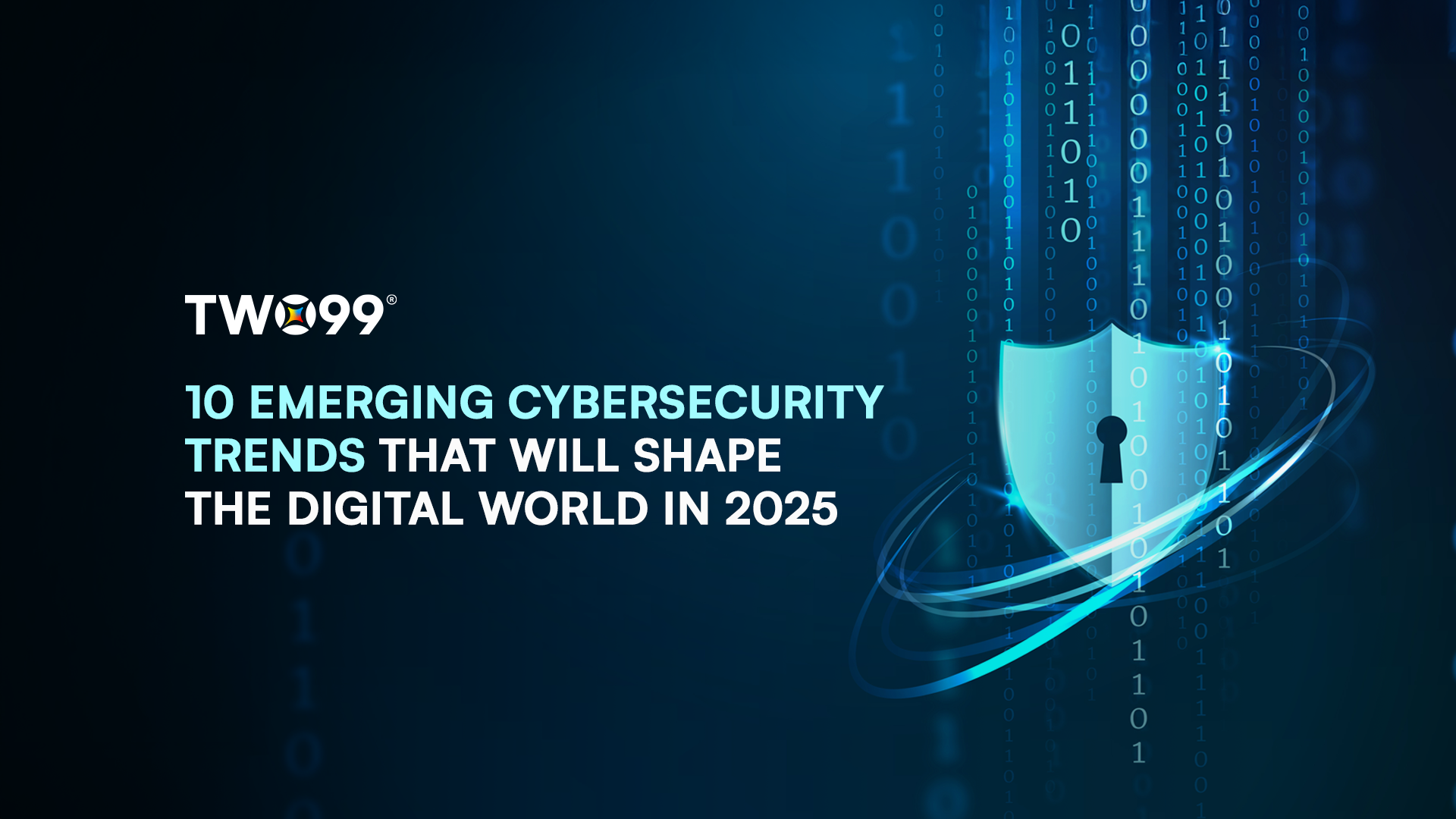The digital world is evolving at an unprecedented pace, and with it, the landscape of cyber threats is becoming more complex. Organizations across every industry are facing the challenge of protecting sensitive data, digital assets, and critical infrastructure. As new technologies emerge, so do new risks. The year 2025 is expected to be transformative, with several cybersecurity trends 2025 setting the direction for the future of defense strategies.
1. AI-Driven Threat Detection and Response
Artificial intelligence is playing an increasingly central role in cybersecurity. By 2025, AI-driven systems will become the standard for real-time monitoring, anomaly detection, and automated incident response. Machine learning models can process vast amounts of data to recognize unusual behavior, detect zero-day attacks, and even predict vulnerabilities before they are exploited. This proactive defense is one of the most significant cybersecurity trends 2025.
2. Rise of Quantum-Resistant Encryption
With quantum computing gaining momentum, traditional encryption methods may soon be at risk. One of the key emerging cybersecurity trends is the development of quantum-resistant encryption. These new cryptographic techniques are designed to withstand the immense computing power of quantum systems. Organizations preparing for the future of cybersecurity must begin adopting these protocols to secure sensitive data.
3. Greater Emphasis on Supply Chain Security
Cyberattacks targeting supply chains have grown significantly in recent years, and this trend will continue into 2025. Hackers are exploiting vulnerabilities in third-party vendors to infiltrate larger organizations. As a result, businesses will place stronger emphasis on supplier vetting, continuous monitoring, and risk management frameworks. Strengthening supply chain resilience will be one of the defining cybersecurity trends in 2025.
4. Expansion of Zero Trust Architecture
Zero Trust is no longer just a buzzword. By 2025, it will be a standard security model for enterprises of all sizes. Zero Trust operates on the principle of “never trust, always verify,” ensuring that every request for access is authenticated and authorized. With the rise of remote work, cloud adoption, and IoT devices, this architecture will be critical for reducing vulnerabilities. The future of cybersecurity will rely heavily on Zero Trust frameworks.
5. Growth of Cybersecurity Regulations and Compliance
Governments and regulatory bodies are intensifying their focus on cybersecurity. In 2025, stricter laws will govern data protection, privacy, and reporting requirements for breaches. Organizations will need to align with new compliance standards, not only to avoid penalties but also to build trust with customers. Regulatory oversight is becoming one of the most important emerging cybersecurity trends shaping global business practices.
6. Enhanced Cloud Security Measures
As businesses increasingly migrate to the cloud, securing these environments has become a top priority. Cloud platforms will see stronger security measures in 2025, including advanced encryption, multi-layered access controls, and AI-powered monitoring tools. With hybrid and multi-cloud setups becoming the norm, robust cloud security will stand out among the leading cybersecurity trends 2025.
7. Human-Centric Security Awareness Programs
Despite technological progress, human error remains one of the biggest cybersecurity risks. Phishing attacks and social engineering continue to succeed because people are often the weakest link. In 2025, more organizations will invest in human-centric security training, simulations, and behavioral monitoring. This cultural shift will be critical for shaping the future of cybersecurity, where employees act as the first line of defense.
8. IoT and Critical Infrastructure Protection
The growing number of connected devices poses significant risks, especially when it comes to critical infrastructure such as energy, transportation, and healthcare. Protecting IoT devices will become a priority in 2025, with cybersecurity strategies focusing on device authentication, secure firmware updates, and continuous monitoring. The protection of smart environments is one of the most urgent emerging cybersecurity trends.
9. Cybersecurity Powered by Automation
Automation is helping organizations respond to threats faster and more effectively. In 2025, automated systems will handle tasks such as log analysis, incident triage, and even patch management. This trend reduces the burden on human analysts and minimizes the time it takes to respond to attacks. Among the most impactful cybersecurity trends of 2025 is the shift toward security automation as a necessity rather than a luxury.
10. Increasing Focus on Cyber Resilience
Cybersecurity is no longer just about preventing breaches. In 2025, the emphasis will shift toward resilience, which means preparing for, withstanding, and recovering quickly from attacks. Businesses will invest in disaster recovery planning, redundancy, and business continuity strategies. Building resilience ensures that even in the event of a successful breach, the impact is minimized. This forward-looking approach represents the future of cybersecurity.
Preparing for the Future of Cybersecurity
The digital threats of 2025 will be more advanced than ever before, but so will the defenses available to combat them. Organizations that stay ahead of these emerging cybersecurity trends will be better equipped to protect themselves, their customers, and their reputations.
From AI-driven defenses to quantum-resistant encryption and the rise of Zero Trust, these cybersecurity trends 2025 highlight a shift toward proactive, intelligent, and resilient strategies. The future of cybersecurity will not be defined by avoiding every threat, but by the ability to adapt, respond, and continue operating in a constantly changing environment.
By embracing these changes now, businesses can position themselves for long-term security and success in the digital world of tomorrow.




